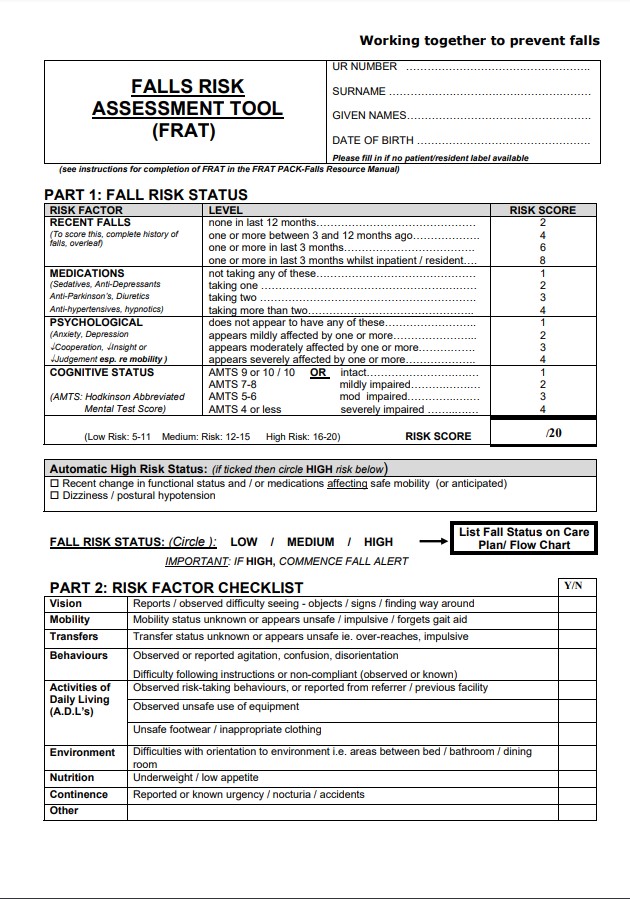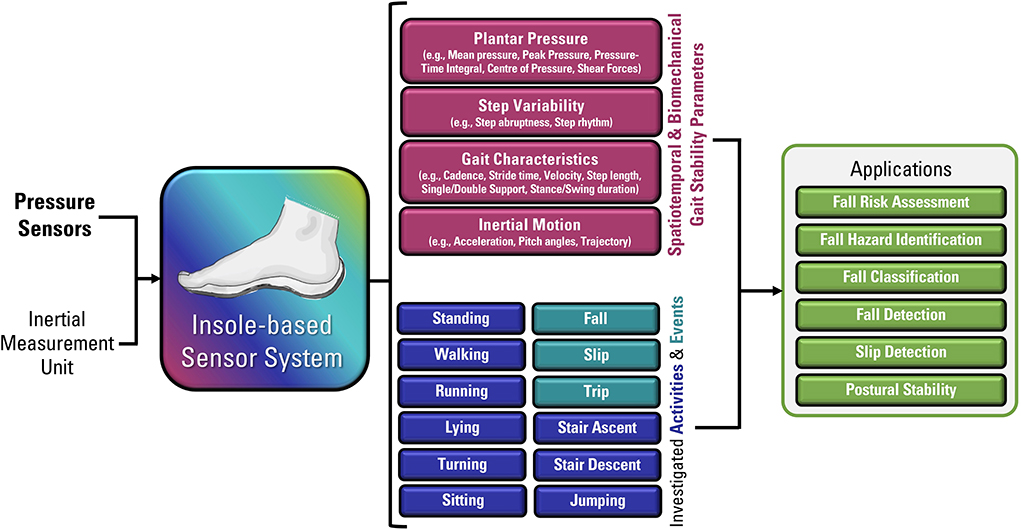Some Ideas on Dementia Fall Risk You Should Know
Some Ideas on Dementia Fall Risk You Should Know
Blog Article
Fascination About Dementia Fall Risk
Table of ContentsThe Buzz on Dementia Fall RiskThe Ultimate Guide To Dementia Fall RiskNot known Facts About Dementia Fall RiskDementia Fall Risk Fundamentals ExplainedSee This Report about Dementia Fall Risk
You could be worried due to the fact that you've had a fall prior to or due to the fact that you have actually observed you're starting to feel unstable on your feet. You may have observed changes to your health and wellness, or simply feel like you're slowing down a little. Whatever the factor, it isn't uncommon to become cautious and shed self-confidence, and this can quit you doing the points you used to do and make you feel extra isolated.If you have actually had an autumn or you've started to really feel unstable, tell your physician also if you really feel fine otherwise. Your physician can check your equilibrium and the way you stroll to see if improvements can be made. They may be able to refer you for a drops danger analysis or to the falls prevention service.
This details can be obtained through meetings with the individual, their caretakers, and a review of their clinical documents. Begin by asking the individual about their background of falls, including the regularity and circumstances of any type of current falls. Dementia Fall Risk. Ask about any kind of flexibility problems they may experience, such as unstable or difficulty walking
Conduct a complete evaluation of the person's medications, paying specific attention to those understood to increase the risk of drops, such as sedatives or medications that lower high blood pressure. Establish if they are taking numerous drugs or if there have been recent modifications in their medication routine. Review the person's home environment for prospective dangers that might enhance the risk of falls, such as bad lighting, loosened rugs, or absence of grab bars in the restroom.
6 Simple Techniques For Dementia Fall Risk
Guide the person via the autumn risk assessment type, discussing each question and taping their feedbacks precisely. Ensure that the individual recognizes the function of the evaluation and really feels comfortable giving truthful answers. Determine the overall threat score based on the feedbacks provided in the assessment type. Figure out the individual's threat category (reduced, medium, or high) based on the overall score and the presence of automatic risky condition factors.
Frequently keep an eye on the person's development and reassess their danger of falls as required. Give ongoing education and learning and support to advertise security and minimize the threat of drops in their everyday living tasks.
Several studies have actually shown that physical treatment can assist to reduce the danger of dropping in grownups ages 65 and older. In a new research (that checked out falls danger in ladies ages 80 and older), scientists determined the financial impact of picking physical treatment to prevent falls, and they found that doing so conserves $2,144, consisting of all the covert expenses of your time, pain, missed life occasions, and the bucks spent for services.
The Best Guide To Dementia Fall Risk
Assessing your balance, strength, and walking capability. A home safety evaluation. Based on the examination results, your physical therapist will make a strategy that is customized useful link to your certain needs.
Older grownups who have trouble walking and talking at the exact same time are at a higher threat of falling. Dementia Fall Risk. To aid enhance your security throughout everyday activities, your physiotherapist might design a training program that will certainly test you to keep standing and strolling while you do one more job. Instances consist of strolling or standing while counting backward, having a conversation, or bring a bag of groceries
Your physiotherapist additionally can identify which activities you must avoid to stay risk-free. Community-based falls prevention programs help people to: Reduce their anxiety of falling. Set goals for enhancing their physical activity. Make their homes more secure. Exercise more to raise their stamina and balance. These programs frequently are led by volunteer coaches.
The 7-Second Trick For Dementia Fall Risk

Measles, or rubeola, is a highly contagious, intense viral transmittable illness brought on by the measles infection. Some individuals think about measles as just a rash and fever that gets rid of up in a couple of days; however, measles can trigger serious health and wellness complications, particularly in kids more youthful than 5-years-old. The most effective protection versus measles is the measles, mumps, and rubella (MMR) vaccination.
Autumns are a typical source of injury amongst older adults. According to the CDC, in one year alone, fall-related injuries contributed to over $50 billion in clinical expenses (Dementia Fall Risk). In medical facility settings, older adults go to particularly high risk of falls since their minimized movement from being confined to an area or bed.
8 Easy Facts About Dementia Fall Risk Described

She has a medical background of seizure problem and hypertension. She is receiving an IV mixture and taking Gabapentin and Lasix. She has no background of drops, her stride is constant, and she voids with no issues. The previous registered nurse states that she calls for aid to the shower room when she needs to go.
Instances of common loss interventions/measures include: Ensuring an individual's vital items are accessible. Putting the person's bed rails up with the alarm on. Assisting a client while they're standing up from bed. Past comprehending just how to utilize the Johns Hopkins Loss Threat Analysis Tool, it is you could try here essential that centers include its usage right into a more extensive fall avoidance plan.
Report this page